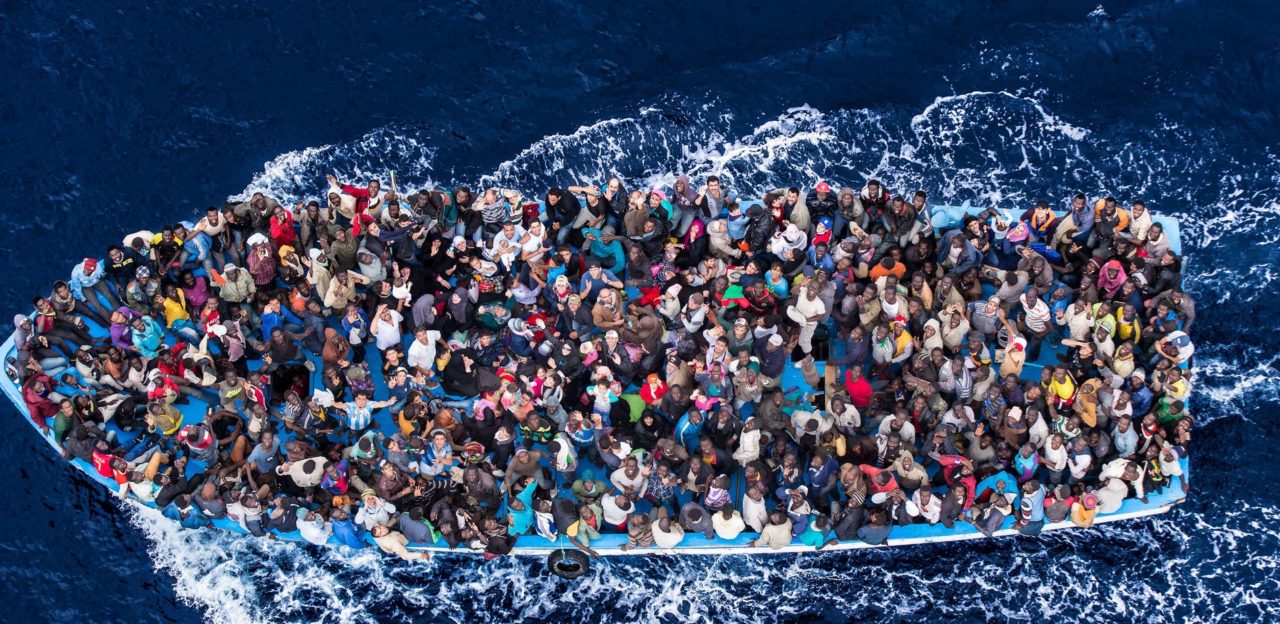
NEW YORK: Across the globe, the number of international migrants reached an estimated 272 million in 2019, an increase of 51 million since 2010, states International Migrant Stick 2019 released by the United Nations Department of Economic and Social Affairs (UN-DESA) on September 17, 2019. As per the estimates released, presently, international migrants comprise 3.5 per cent of the global population, compared to 2.8 per cent in the year 2000.
The estimates are based on official national statistics on the foreign-born or the foreign population obtained from population censuses, population registers or nationally representative surveys.
As per Liu Zhenmin, UN Under-Secretary-General for DESA, “These data are critical for understanding the important role of migrants and migration in the development of both countries of origin and destination. Facilitating orderly, safe, regular and responsible migration and mobility of people will contribute much to achieving the Sustainable Development Goals (SDGs)”.
In the current year, regionally, the largest number of international migrants are in Europe (82 million), next comes Northern America with 59 million international migrants, followed by Northern Africa and Western Asia (49 million). Shifting the frame of reference to country level it is seen that about half of all international migrants reside in just 10 countries, with the United States of America (USA) hosting the largest number of international migrants (51 million), which is nearly equal to about 19 per cent of the world’s total. Germany and Saudi Arabia host the second and third largest numbers of migrants (13 million each), followed by the Russian Federation (12 million), the United Kingdom (10 million), the United Arab Emirates (9 million), France, Canada and Australia (around 8 million each) and Italy (6 million).
Focusing on the pace of birth, around one-third of all international migrants originate from only 10 countries, with India leading, accounting for about 18 million persons living abroad. Migrants from Mexico constituted the second largest “diaspora” (12 million), followed by China (11 million), the Russian Federation (10 million) and the Syrian Arab Republic (8 million).
As per the report data on gender composition, women comprise slightly less than half of all international migrants in 2019. The share of women and girls in the global number of international migrants fell slightly, from 49 per cent in 2000 to 48 per cent in 2019. The proportion of migrant women was highest in Northern America (52 per cent) and Europe (51 per cent), and lowest in sub-Saharan Africa (47 per cent) and Northern Africa and Western Asia (36 per cent).
In terms of age, three out of every four international migrants are of working age (20-64 years). In 2019, 202 million international migrants, equivalent to 74 per cent of the global migrant population, were between the ages of 20 and 64. More than three quarters of international migrants were of working age in Eastern and South-Eastern Asia, Europe and Northern America.

